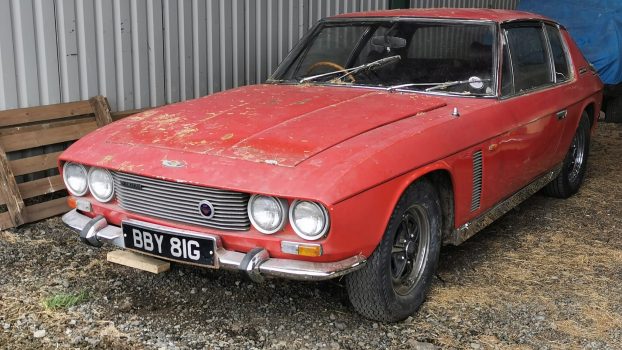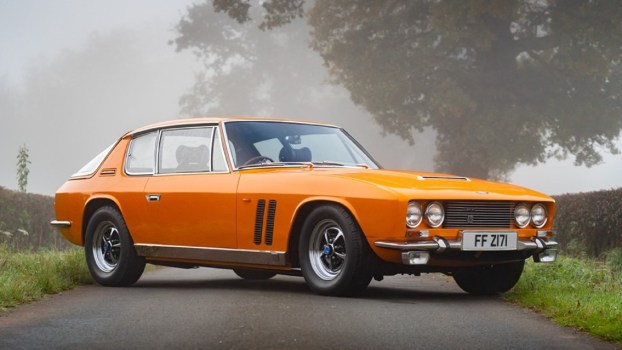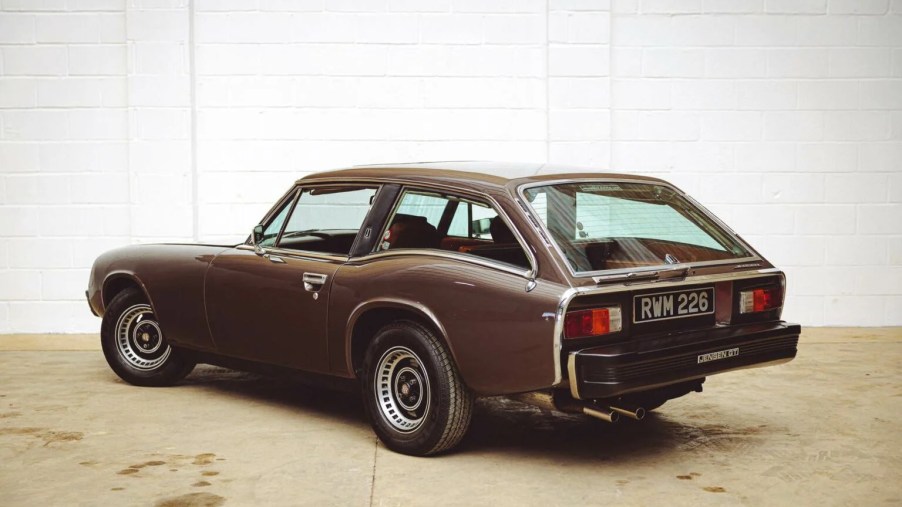
Dig This Rare yet Affordable British Shooting Brake
Jensen is a name you may or may not recognize, depending on how much time you spend with vintage British cars. Jensen-Healey has made several cool sports cars. However, they weren’t always known for being the most reliable things on four wheels. The Jensen interceptor and FF were two of the marque’s earlier nameplates. The Jensen GT is one for us, though. This rare yet affordable British shooting brake is one sports car that you aren’t likely to see at the next cars and coffee.
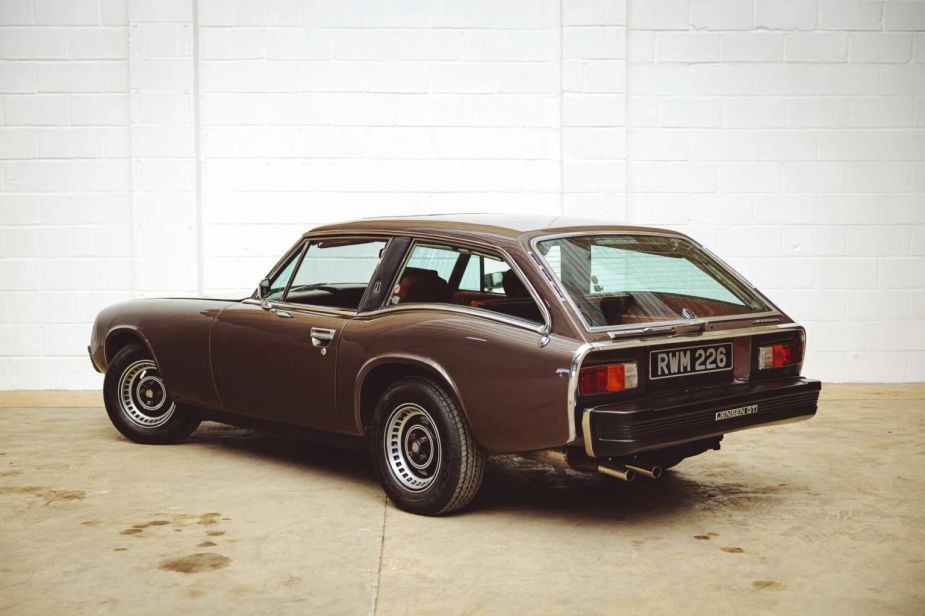
The Jensen-Healey
According to Silodrome, the Jensen GT is the shooting brake version of the Jensen-Healey roadster. The Jensen GT was powered by the Lotus 907, a DOHC, 16-valve inline-four with a lightweight alloy block and head that made 144 hp. These specs only applied to the street-legal version. The racing shooting brake was a bit more serious.
The idea for this sporty British GT car was to fill the gap between the budget-friendly MGB and the upper-crust Jaguar E-Type. Although the Jensen-Healey and Jensen GT were meant to be budget racers, they still shared a steel unibody construction, independent front suspension on coils, and rear live axle on coils. The only real difference between these two sports cars was the differing roofs.
Even though the Jensen-Healey eventually had a killer racing record, it took some time to get there. The first version of the Jensen-Healey suffered from poor reliability. However, most of these issues have since been dealt with between the Mark II’s reworking and Jensen owners.
Great British race cars
The Jensen-Healey earned a truly impressive reputation as a plucky little race car. Silodrome reports that the Jensen-Healey won the SCCA D Production Championship in its first year of racing (1973). The little racer went on to win it four more times. Earning a total of five D Production Championships.
The Jensen-Healey’s racing success makes sense considering that half of its name comes from Don Healey, a respected racing driver, engineer, and the father of the Austin-Healey.
Jensen Motor Company and Healey worked together to develop the British sports car. Healey had recently left British Motor Corporation (BMC) and was looking for a new project to work on. Using the 2.0-liter Lotus engine and years of racing experience, the Jensen-Healey debuted at the Geneva Motor Show in 1972. Thanks to Hugo Poole’s design work and William Towns’s additional work, the Jensen-Healey stuck with show-goers with its lovely design and performance heart.
The Jensen GT
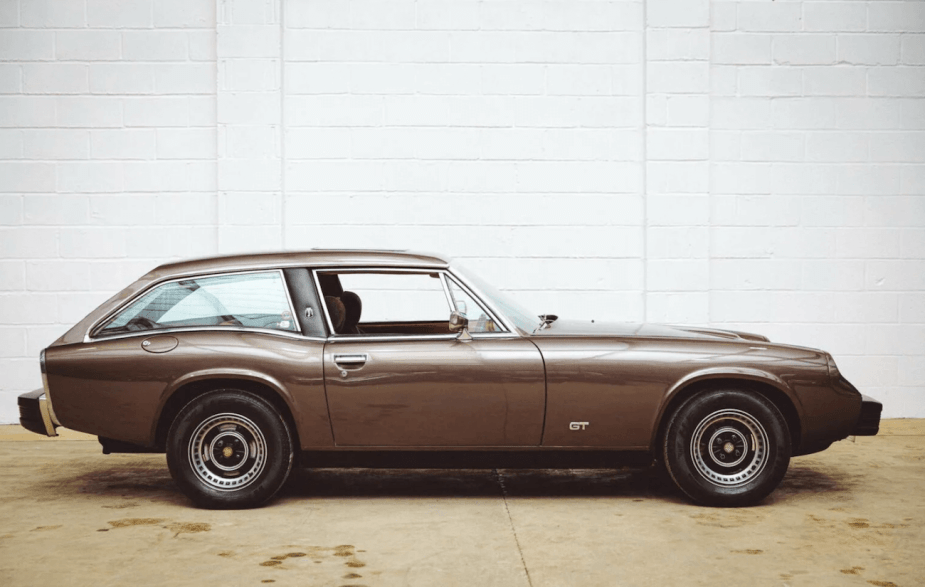
By 1975, Jensen introduced the Jensen GT, the shooting brake version of the Jensen-Healey. The GT had a redesigned roof that allowed for more luggage space and gave it a different, classier look. This new roof made the hot little sports car capable of doing long trips.
While there is a strong cult following for the shooting brake today, it was a short-lived sports car in its time. The Jensen GT only stayed in production from 1975 to 1976, making it the rarest of the Jensen-Healey production cars.
By 1976, only 10,500 Jensen-Healeys were made, including the GT. Despite its remarkable success on the race track, the Jensen-Healey and Jensen GT remain a fairly unknown part of British racing history.
The Jensen GT seen here is impossibly rare, being only 1 of 37 GTs made in this color. This one is currently being auctioned on Bonhams vintage market. It currently sits at £10,100 with a few hours left to bid. The price guide gives a price range of £18,000 – £22,000 or approximately $24,120 – $29,260.
